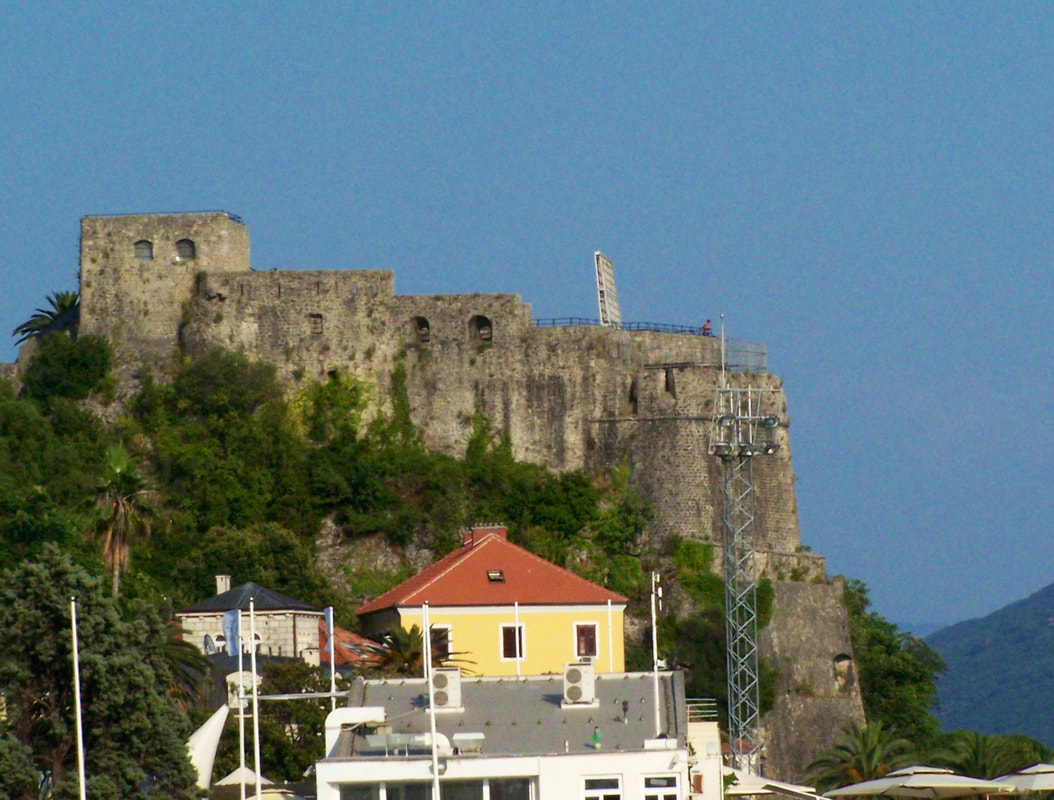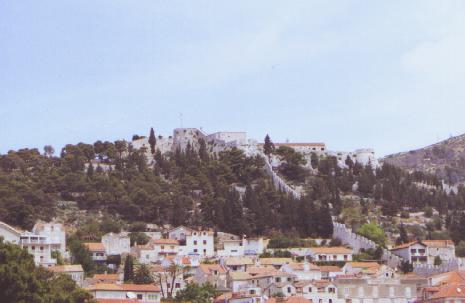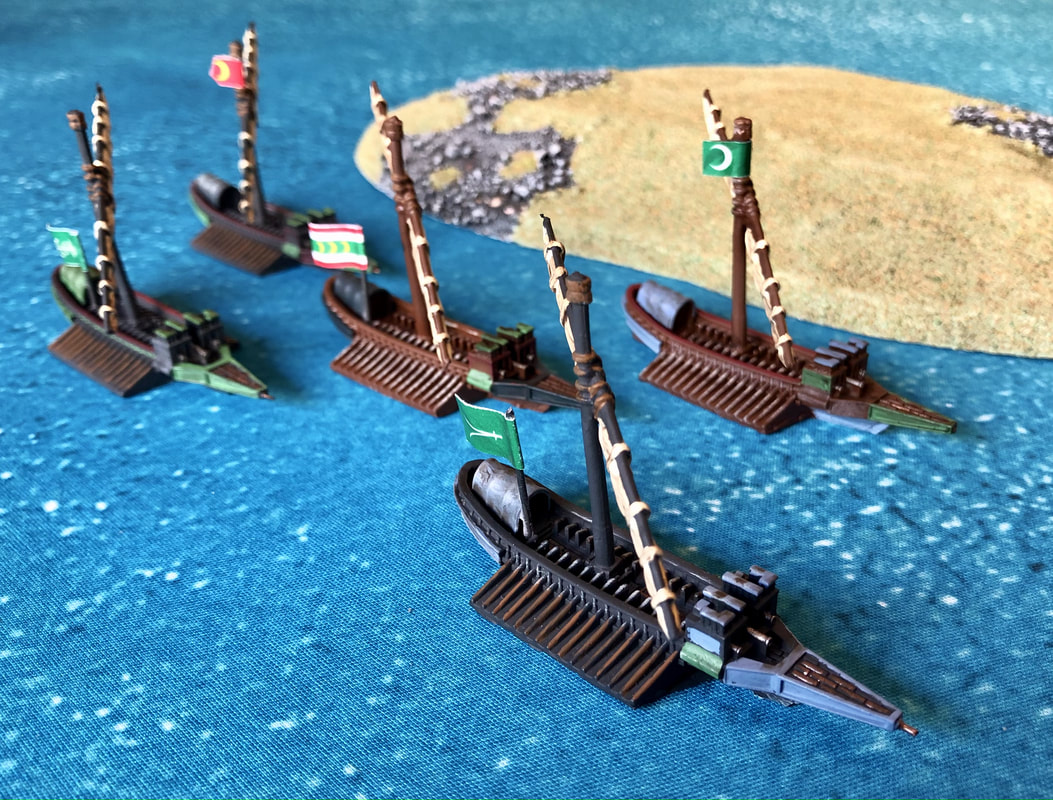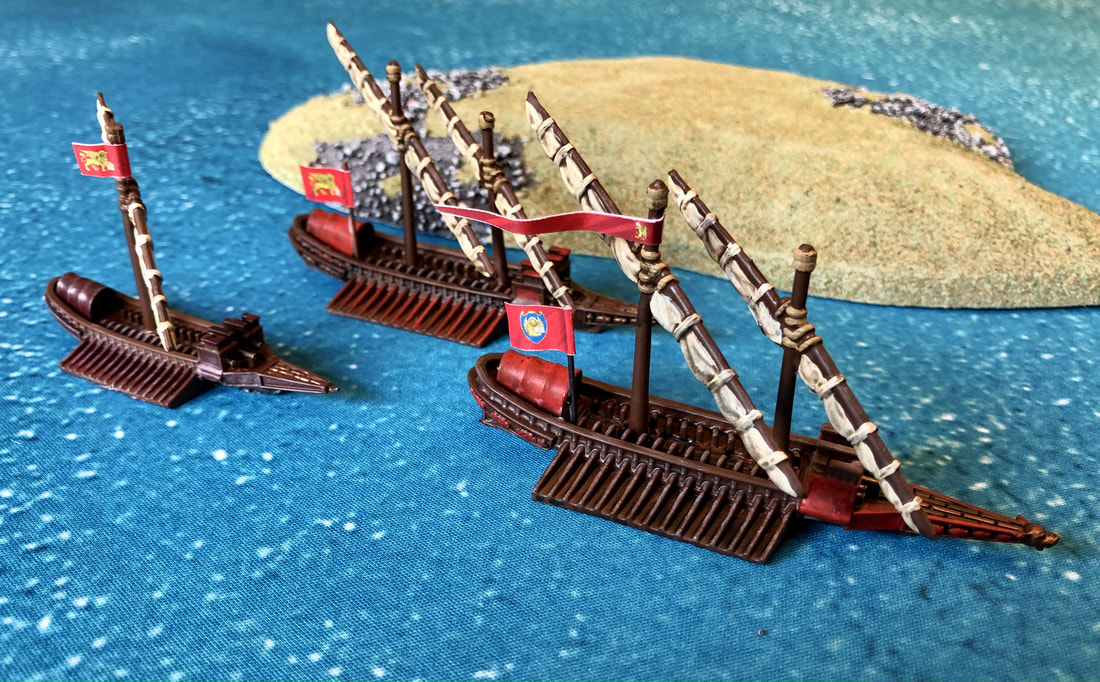- Home
- About
-
Travel
-
Features
- Dyrrachion1081
- Normans in the Balkans
- Manolada 1316
- Kosovo 1389
- Castles on the Danube
- Late Medieval Bosnian Army
- Doboj 1415
- Wallachian and Moldovan troops of the Napoleonic wars
- Anchialos 917
- Slovenian Borderlands
- The Zadruga and the Military Border
- Cretan War in the Adriatic
- Salonika 1916
- Uskoks of Senj
- Siege of Klis 1537
- Eugene in the Balkans
- Moldavian Surprise 1711
- Austro-Turkish War 1737-9
- Militargrenze
- Invading Ottoman Turkey
- Siege of Ragusa 1814
- Russo-Turkish War 1806-12
- Serbian Uprising 1815
- Ali Pasha
- Ottoman Army 1826
- Aleksinac 1876
- Shipka Pass
- Slivnitsa 1885
- Romanian Army 1878
- Austrian forts 19thC
- Kumanovo 1912
- Catalca Lines
- Adrianople 1912-13
- Kajmakcalan 1916
- The other 1918 campaign
- Macedonia air war WW1
- War of the Stray Dog
- Royal Yugoslavian armed forces
- Blunder in the Mountains
- Romanian SS
- Gebirgsjager in the Balkans
- Knights Move 1944
- Vis during WW2
- HLI in the Adriatic
- Adriatic Cruel Seas
- Dalmatian Bridgehead
- Cyprus 1974
- Transnistrian War
- Ottoman Navy Napoleonic wars
- Medieval Balkans
- Balkan lockdown quiz >
- Reviews
-
Armies
- Ancient Greeks
- Pyrrhic army of Epirus
- Dacian wars
- Goths
- Late Roman
- Comnenan Byzantine Army
- Normans
- Serbian medieval
- Albanian medieval
- Wallachian medieval
- Bosnian Medieval
- Catalan Company
- Polish 17C
- Austrian Imperialist
- Ottoman
- Austrian 18thC
- Russian Early 18thC
- Ottoman Napoleonic
- Greek Revolution
- 1848 Hungarian Revolution
- Russian Crimean war
- Romanian Army of 1877
- Ottoman 1877
- Russian 1877
- Balkan Wars 1912-13
- Macedonia WW1
- Greece WW2
- Italian Army WW2
- Gebirgsjager WW2
- Hungary WW2
- Turkey WW2
- Soviet Union WW2
- Bulgaria WW2
- Turkish Korean War Brigade
- Balkan Wars 1990s
- Links
- Books
The Cretan War in the Adriatic
The Cretan War was fought between Venice and the Ottoman Empire for some 26 years in the 17th century between 1645 and 1671. The focus of the conflict was the Ottoman invasion of Crete, which was a Venetian possession. The Ottomans wanted to protect their trade and military sea routes to the Levant, and as with Cyprus and Rhodes, they believed Crete was being used to endanger them.
I hadn’t appreciated until I read Bruno Mugnai’s excellent book on the war the scope of the conflict outwith Crete. The Venetians had the better of the sea war, winning several significant engagements at the mouth of the Dardanelles. The aim was to cut off supplies to the besieging army on Crete. This was partially successful, but eventually, the Ottomans strengthened the coastal defences in the Dardanelles and found other routes, mainly the Peloponnese, to supply their army from.
There was also a more minor conflict along the Dalmatian coast on sea and land. Ottoman troops attacked Venetian towns on the coast from their bases in Bosnia and Albania, and the Venetians reciprocated. In addition, amphibious operations took place all along the shores of Greece, Turkey and the islands. Galleys were especially useful for this type of raiding, operating as a modern landing craft. It is this aspect of the war that I have been looking at in more detail.
In addition to the chapter in Mugnai’s book, I would recommend Domagoj Madunić’s paper, The Adriatic Naval Squadron (1645-1669): Defense of the Adriatic during the War for Crete (free download from Academia). He argues that the focus of historians has been on the land battles in Dalmatia. As a result, the naval aspect of this conflict in the Adriatic has been understudied. It may be that no dramatic naval engagements, such as those fought in the Dardanelles during 1654-1657, took place in the Adriatic during this war. Still, securing the sea lanes of communication in the Adriatic was the mandatory precondition for Venice to be able to wage war in the Levant at all.
Venice’s Adriatic Squadron was based in the Dalmatian town of Zadar. It was composed mainly of 20-30 smaller warships (40-50 during wartime): barche armate, galeotte and fuste, rather than the better-known galleys and galleasses. The barche armate were each (nominally) operated by a 50 man crew of Croatian or Albanian marine infantry. They were usually armed with two heavy muskets, two nine-pounder and one three-pounder gun. A few light galleys were also stationed at Zadar, with more assigned during wartime. There were two arsenals: the main one at Zadar (Zara) and a smaller auxiliary one at the island of Hvar (Lessina). The Governor-general of Dalmatia and Albania commanded all land and naval forces.
Their opponents used the Ottoman ports of Ulcinj (Dolcigno), Herceg-Novi (Castelnuovo) and the island of St. Maura (Leucas in the Ionian Sea), which had developed into thriving corsair bases which threatened navigation in the Adriatic. However, their limited capacity to host medium or large fleets made these front-line bases a minor threat. The Ottomans also had two other naval bases in the Adriatic: ports of Vlorë and Durrës, both capable of providing a shelter for large size fleets. However, they never dispatched a squadron of the imperial navy to either of these harbours.
I hadn’t appreciated until I read Bruno Mugnai’s excellent book on the war the scope of the conflict outwith Crete. The Venetians had the better of the sea war, winning several significant engagements at the mouth of the Dardanelles. The aim was to cut off supplies to the besieging army on Crete. This was partially successful, but eventually, the Ottomans strengthened the coastal defences in the Dardanelles and found other routes, mainly the Peloponnese, to supply their army from.
There was also a more minor conflict along the Dalmatian coast on sea and land. Ottoman troops attacked Venetian towns on the coast from their bases in Bosnia and Albania, and the Venetians reciprocated. In addition, amphibious operations took place all along the shores of Greece, Turkey and the islands. Galleys were especially useful for this type of raiding, operating as a modern landing craft. It is this aspect of the war that I have been looking at in more detail.
In addition to the chapter in Mugnai’s book, I would recommend Domagoj Madunić’s paper, The Adriatic Naval Squadron (1645-1669): Defense of the Adriatic during the War for Crete (free download from Academia). He argues that the focus of historians has been on the land battles in Dalmatia. As a result, the naval aspect of this conflict in the Adriatic has been understudied. It may be that no dramatic naval engagements, such as those fought in the Dardanelles during 1654-1657, took place in the Adriatic during this war. Still, securing the sea lanes of communication in the Adriatic was the mandatory precondition for Venice to be able to wage war in the Levant at all.
Venice’s Adriatic Squadron was based in the Dalmatian town of Zadar. It was composed mainly of 20-30 smaller warships (40-50 during wartime): barche armate, galeotte and fuste, rather than the better-known galleys and galleasses. The barche armate were each (nominally) operated by a 50 man crew of Croatian or Albanian marine infantry. They were usually armed with two heavy muskets, two nine-pounder and one three-pounder gun. A few light galleys were also stationed at Zadar, with more assigned during wartime. There were two arsenals: the main one at Zadar (Zara) and a smaller auxiliary one at the island of Hvar (Lessina). The Governor-general of Dalmatia and Albania commanded all land and naval forces.
Their opponents used the Ottoman ports of Ulcinj (Dolcigno), Herceg-Novi (Castelnuovo) and the island of St. Maura (Leucas in the Ionian Sea), which had developed into thriving corsair bases which threatened navigation in the Adriatic. However, their limited capacity to host medium or large fleets made these front-line bases a minor threat. The Ottomans also had two other naval bases in the Adriatic: ports of Vlorë and Durrës, both capable of providing a shelter for large size fleets. However, they never dispatched a squadron of the imperial navy to either of these harbours.
The key to understanding galley warfare is that they required bases all along the coast. The extreme physical effort required a lot of water, and galleys had little room for ammunition and other supplies. They were also sensitive to outbreaks of disease, and recruitment from Dalmatian towns was very unpopular. This meant the routes hugged the coast, making it easier for corsairs to intercept. The Venetians stationed warships at bases along the coast while concentrating forces for specific operations. For example, in 1657, for the siege of Kotor, the Republic deployed the major part of the Adriatic squadron (six galleys, three sail gunships and about 20 smaller armed boats) in that area.
Later in the war, as Ottoman strength developed, the Venetians deployed more galleys, which were able to catch the Ottoman galleys and fight them on equal terms. At the end of the war, in addition to seven galleys, 21 Venetian fuste/galeotte served in the Adriatic. This was a period of transition from galleys to sailing warships, and Venice hired galleons and merchantmen armed with guns, mainly Dutch and English captains, although these were rarer in the Adriatic due to their high cost. In May 1649, a Venetian fleet consisting of only 19 sail warships defeated the much larger Ottoman force of 11 sail warships, 10 galleasses and 72 galleys. Galleys may have been outgunned by sailing ships, but they were more manoeuvrable.
Ships were also used in support of land operations, both offence and defence. Even a light galley was armed with up to five guns at a bow, one of which was a heavy 50 pounder, the primary siege weapon of the era. For example, at the siege of Ulcinj in March 1663, three galleys and one galeazza disabled the defending artillery, destroyed six Ottoman fuste, and captured the port and the arsenal full of naval stores.
Ottoman corsairs in the Adriatic did manage to capture a considerable number of prizes and disrupt supplies during the war. However, the Adriatic squadron maintained firm control over maritime lanes through the Adriatic. It supported the Republic’s land forces that contributed to the success of the Venetian arms in this region.
The smaller scale of naval engagements in the Adriatic makes this a very suitable campaign for wargamers. I have decided to use the playable Warlord Black Seas rules and their 1/700th scale models. They do a large galley and a standard galley. These may not be beautiful ship models, but they are robust wargame pieces. I also have some Hagen ships for the smaller boats and sailing ships to do next.
Later in the war, as Ottoman strength developed, the Venetians deployed more galleys, which were able to catch the Ottoman galleys and fight them on equal terms. At the end of the war, in addition to seven galleys, 21 Venetian fuste/galeotte served in the Adriatic. This was a period of transition from galleys to sailing warships, and Venice hired galleons and merchantmen armed with guns, mainly Dutch and English captains, although these were rarer in the Adriatic due to their high cost. In May 1649, a Venetian fleet consisting of only 19 sail warships defeated the much larger Ottoman force of 11 sail warships, 10 galleasses and 72 galleys. Galleys may have been outgunned by sailing ships, but they were more manoeuvrable.
Ships were also used in support of land operations, both offence and defence. Even a light galley was armed with up to five guns at a bow, one of which was a heavy 50 pounder, the primary siege weapon of the era. For example, at the siege of Ulcinj in March 1663, three galleys and one galeazza disabled the defending artillery, destroyed six Ottoman fuste, and captured the port and the arsenal full of naval stores.
Ottoman corsairs in the Adriatic did manage to capture a considerable number of prizes and disrupt supplies during the war. However, the Adriatic squadron maintained firm control over maritime lanes through the Adriatic. It supported the Republic’s land forces that contributed to the success of the Venetian arms in this region.
The smaller scale of naval engagements in the Adriatic makes this a very suitable campaign for wargamers. I have decided to use the playable Warlord Black Seas rules and their 1/700th scale models. They do a large galley and a standard galley. These may not be beautiful ship models, but they are robust wargame pieces. I also have some Hagen ships for the smaller boats and sailing ships to do next.




